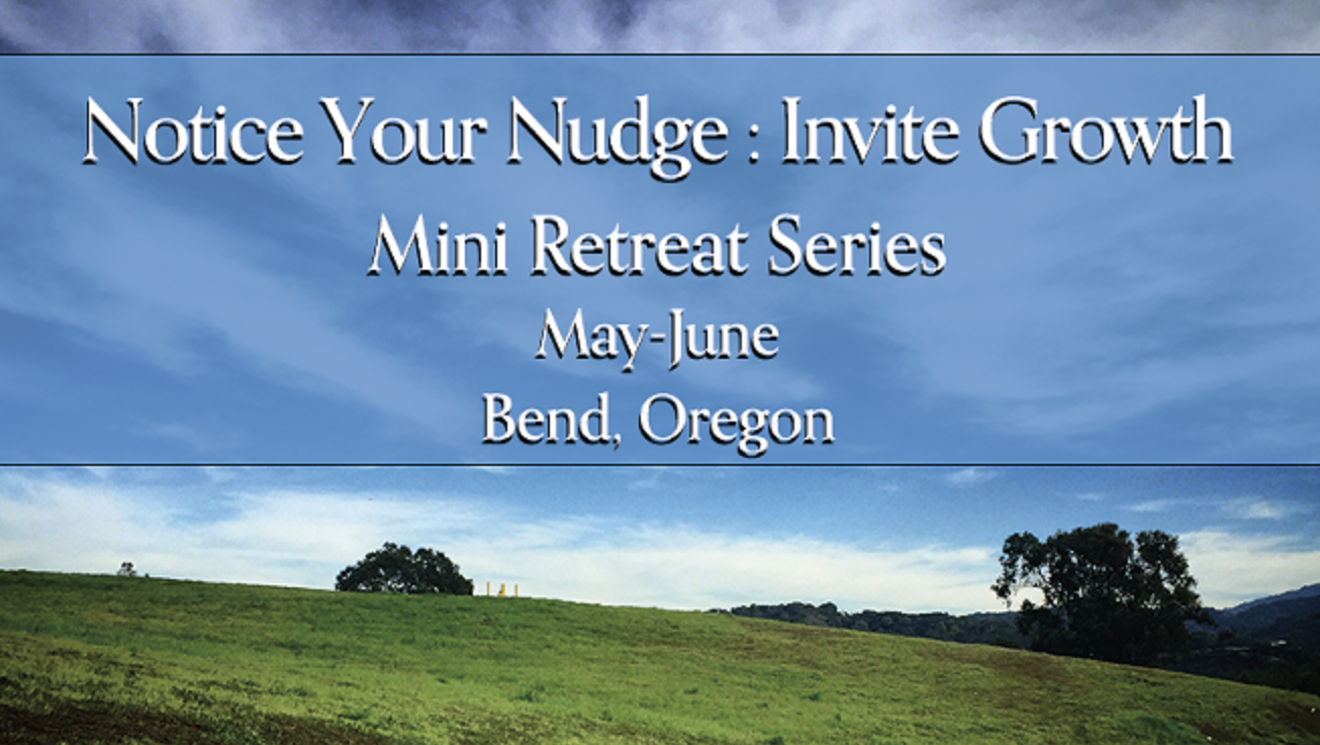How about a spring adventure in a gorgeous place you haven't yet been, to find some wildflowers you don't yet know? Spring Basin Wilderness is such a place: A small, protected wilderness area abounding in sweeping vistas, home to abundant varieties of animals and packed with rare desert wildflowers waiting to be found. One of the lesser-known treasures of Oregon's high desert, Spring Basin is one of the least-visited wilderness areas in Oregon, offering untraveled terrain to be explored.
Spring Basin Wilderness Area is a scenic, remote escape. The area sits above the east bank of the John Day River, close to the more commonly known Clarno Unit of John Day Fossil Beds National Monument. Thanks to the coalition that pushed for its protection — including Oregon Natural Desert Association, local farmers and ranchers, the Confederated Tribes of Warm Springs, Wheeler County government and the Oregon Hunters Association — Spring Basin was designated as a Bureau of Land Management wilderness in 2009. This designation federally protects the 6,400+ acre area to be managed by the BLM for its wilderness characteristics; naturalness, opportunities for solitude and primitive recreation. Though it's one of the smallest wilderness areas in the system, Spring Basin's secluded canyons and spectacular vantages of John Day country make for an amazingly beautiful spot to explore.
Spring Basin Wilderness is also an ecologically diverse area. The landscape is dominated by several vegetation profiles including sagebrush steppe, Palouse grasslands, rocky outcrops and even a few forested glades. Wildlife includes an abundance of bird species, several large mammals, a variety of rodents and lagomorphs, and many reptiles and amphibians. Coyotes, badgers and bobcats are the primary predators. Rock hounds might find agates, petrified wood or opals and other crystals here. Visitors should be aware of ticks and the very occasional rattlesnake — and, of course, don't stub your toes on any cactus!
Springtime visitors are perhaps the most rewarded, with abundant and rare wildflowers to be found throughout Spring Basin Wilderness. April and early May are prime time to go, as this is peak season for many of the blooms. Among the dozens of varieties of wildflowers that make the area so spectacular, at least two are being considered for Federal Endangered Species listing (Castilleja xanthotricha and Astragalus diaphanous) and two others are listed as rare in Oregon (Penstemon eriantherus var. argillosus and Pediocactus simpsoni var. robusior.) Along with these four species that are notable for their rarity, I have identified more than 75 other species thus far in this area — just in April! Expect to see several varieties of blue and purple lupines, the glorious bright yellow balsam root, yellow, cream and orange buckwheats, purple grass widow, yellow fritillary lily, chartreuse and orange Indian paintbrush, pink phlox, yellow and cream desert parsleys, tiny white eyelash flower, several varieties of yellow and magenta monkey flowers, purple and pale yellow vetches, creamy owl's clover, pink wild onion, purple and white loco weeds, yellow agoseris and the truly spectacular hedgehog cactus. Please resist the temptation to pick the flowers in Spring Basin — they won't last long and are members of a fragile ecosystem.
Getting around this area can be tricky, so good navigation skills are required. If looking for a promising place to get started searching for wildflowers, head to the Clarno Road trailheads to access the Spring Basin Wilderness Area. This is about the shortest and quickest way into the highlands of Spring Basin. Oregon Highway 218 takes you there, heading east from Highway 97 through Antelope and over the pass to the tiny hamlet of Clarno. From State Highway 218 E, turn right onto Clarno Road and proceed 3.5 miles on dirt road to the BLM kiosk, which sits beside the Spring Basin Wilderness Trailhead. Parking can be found here, or 1.5 miles further down the road, which leads to a trailhead for Spring Basin Canyon. Once on the trail you will immediately begin seeing grand sweeps of wildflowers in one or two varieties, oftentimes a mixture or many species.
For a slightly longer hike in from the north, start your journey off Highway 218, crossing Pine Creek and transiting the beautiful Pine Creek Conservation Area lands into the Wilderness. This whole area is quite open and has no designated trailhead. With thoughtful route finding you can wander all over, and chances are that you might not see anyone else in the more remote sections. More information to plan your trip can be found on ONDA's website.
Discovering new places is exciting, and we recommend following these suggestions to help you travel safely through the high desert of eastern Oregon and enjoy these fragile places responsibly.
—Scott R. Bowler is a retired science educator and a volunteer with Oregon Natural Desert Association, a nonprofit organization that protects and restores Oregon's high desert public lands and waters. Read more of his work at onda.org/author/scott-bowler.

























